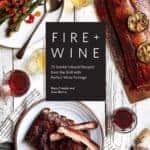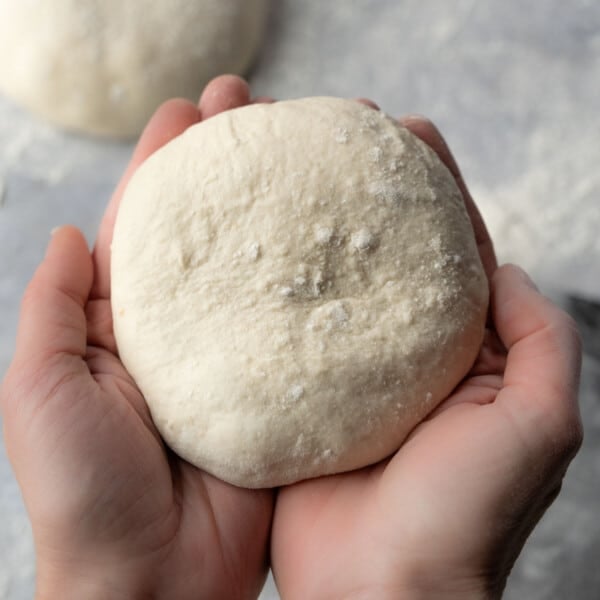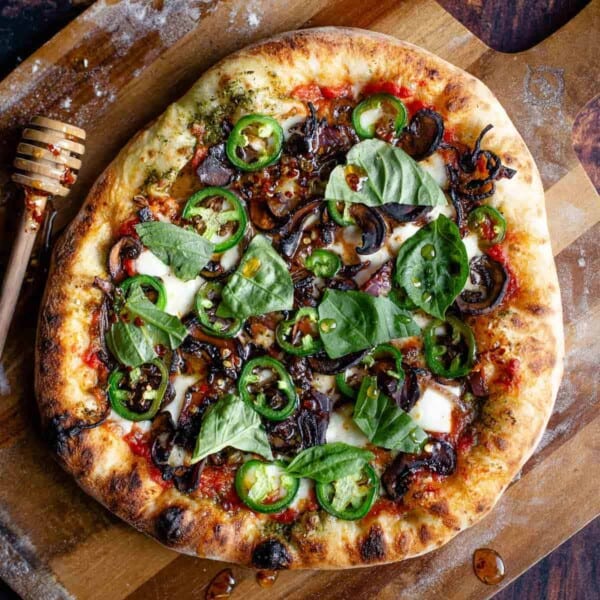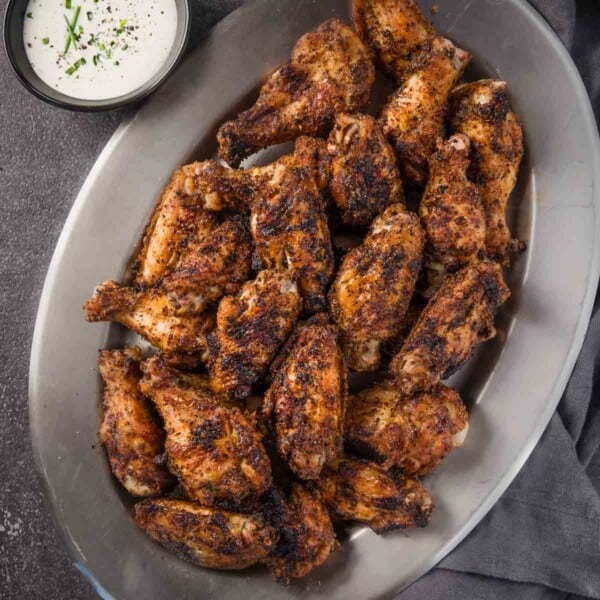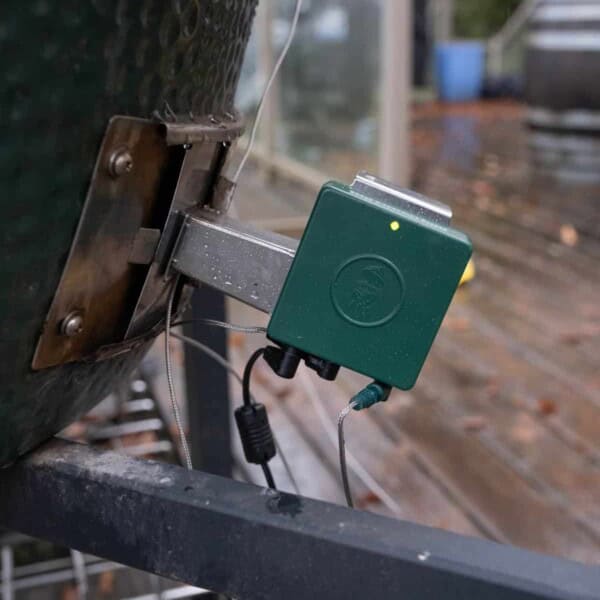What Is Maillard Reaction?
Nov 04, 2024
This post may contain affiliate links. Read more at our disclosure policy.
Getting a good sear, or browning, on any meat doesn’t just add flavor, it helps with texture, too. And the key to getting that browning is achieving the Maillard Reaction. To do that, you need heat. Let’s dive into this chemical reaction and what it does for your food.
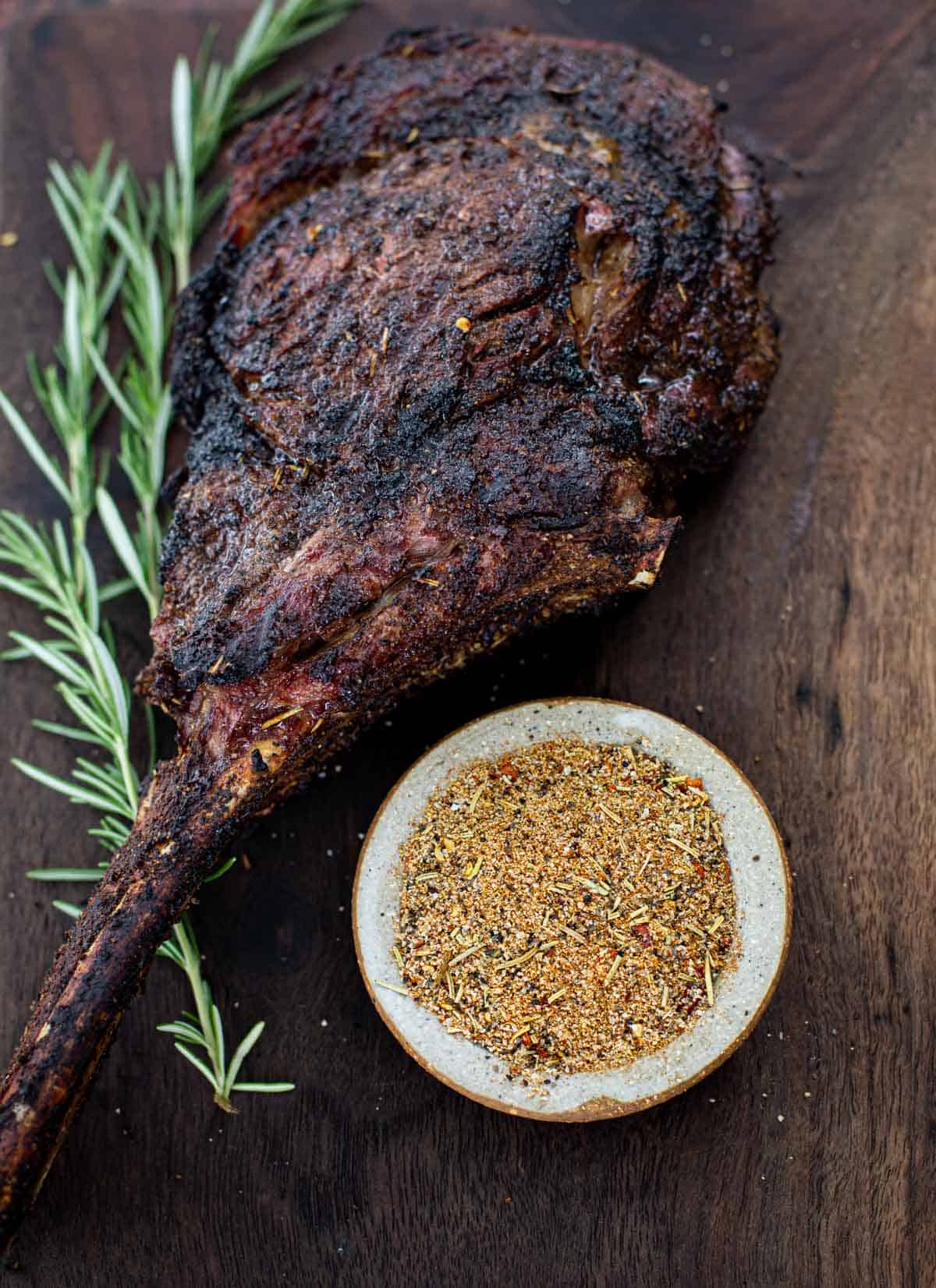
We love answering questions when we do food demos or chef events around the world. And one of the common questions we get is how the browning process works. And the secret is a little geeky and important to understand when it comes to improving your cooking game.
Table of Contents
Background
The Maillard Reaction (pronounced my-YARD), named after French chemist Louis-Camille Maillard, is a culinary phenomenon responsible for the browning and flavor transformation in various foods, including meats.
How Does Maillard Reaction Work?
We are about to get geeky here. This chemical dance between amino acids and reducing sugars under heat creates a multitude of flavor compounds, enhancing both taste and visual appeal.
Initial Phase: When food is heated, sugars (like glucose or fructose) and amino acids (the building blocks of proteins) react. The sugar’s carbonyl group interacts with the amino acid’s amino group, creating an unstable compound.
Rearrangement Phase: This compound undergoes a series of complex reactions and rearrangements, forming new flavor compounds, including pyrazines, furans, and other aromatic molecules. Think aromas.
Color Development (Browning): During the reaction, melanoidins are formed, which are large brown compounds responsible for the characteristic browning. This browning isn’t just visual; it’s associated with enhanced aroma and taste.
When cooking, baking, grilling or searing meats, achieving the Maillard Reaction is key: it not only offers a tantalizing crust and rich taste but also signifies a properly cooked dish.
Would you like to save this?
Key Point
You need heat. That’s why a Smoked Prime Rib will taste amazing, but not have a sear. Because you didn’t apply enough heat. And that’s why a reverse seared steak tastes so amazing, you start at low heat and finish with the sear for the browning.
Maillard Reaction versus Caramelization
The Maillard Reaction (browning) differs from caramelization, as it specifically requires amino acids to create the diverse flavor compounds. It’s why grilled steaks taste savory and why baked goods like pizza or dinner rolls have that “fresh out of the oven” aroma.
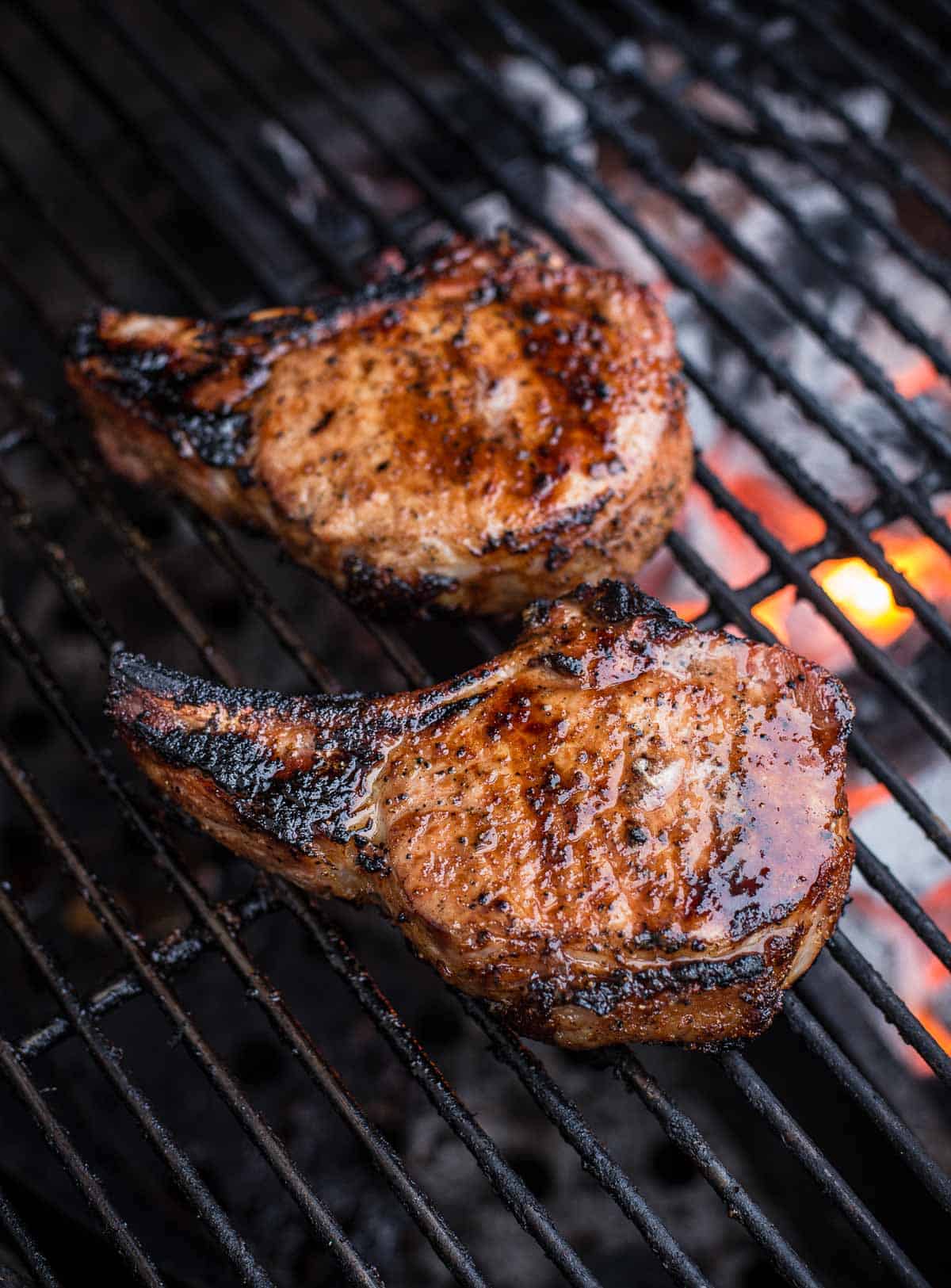
Caramelization requires sugar versus amino acids. Proteins are not involved with caramelization. So when we caramelize onions, we’re breaking down the sugars to achieve the flavor and the texture.
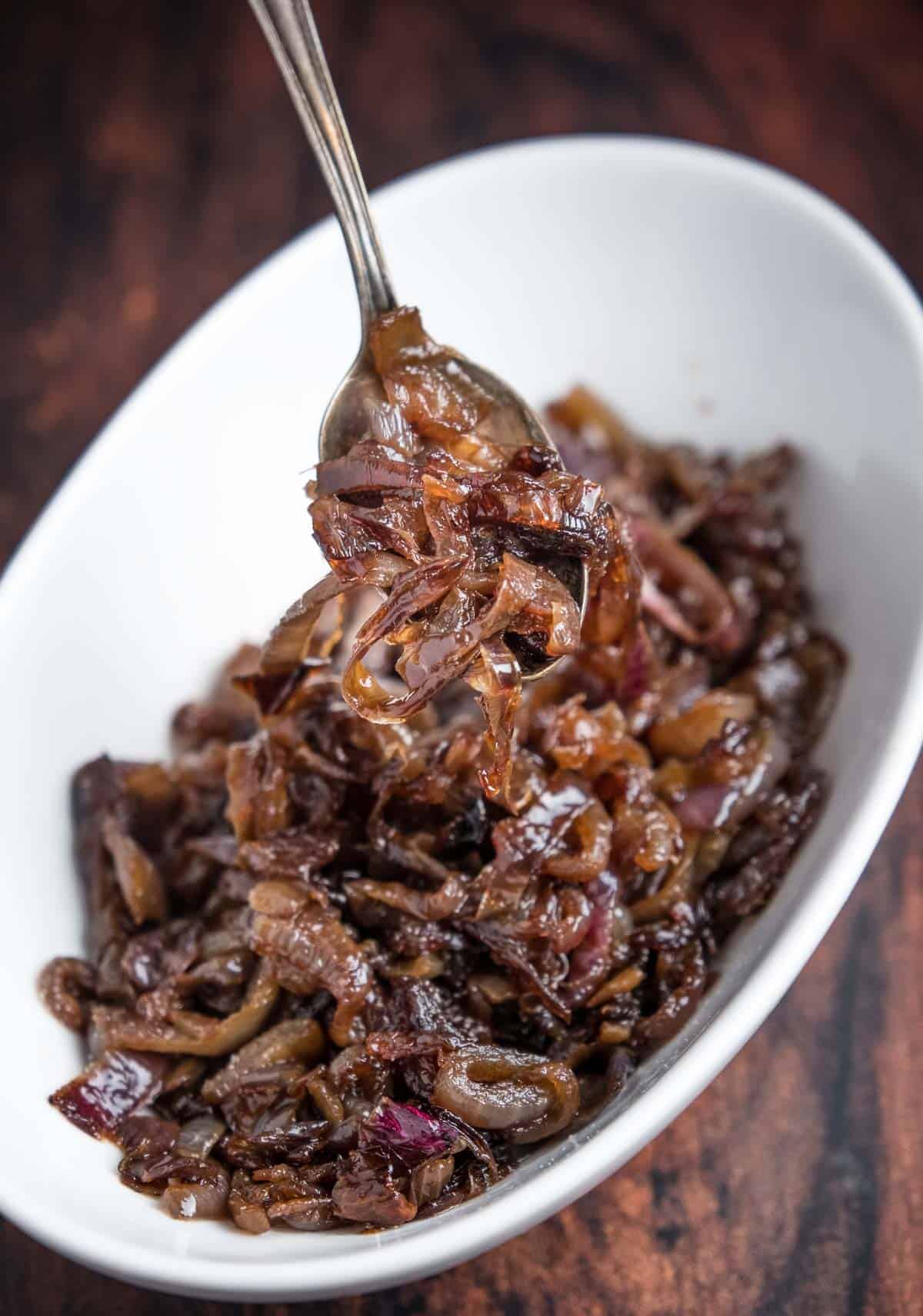
And typically caramelization enhances the sweet flavor versus the savory flavor of browning.
Best Ways To Achieve Browning
To optimize for Maillard Reaction:
- Ensure the meat’s surface is dry or lightly oiled. This is why we really promote dry brining as a practice when seasoning anything. If using a marinade or a wet brine be sure that you minimize how much moisture is left on the meat.
- Utilize high heat to achieve the sear while not overcooking. This is why when grilling over charcoal you can optimize the browning with either direct grilling or a two-zone grilling method to get the right sear but finish the meat with less direct heat. And why pan searing or roasting in the oven creates that browning affect.
- Avoid overcrowding the cooking surface to prevent trapped moisture from steaming thus preventing browning. This is why when browning steakhouse mushrooms it’s important to not crowd them if you want the searing to occur.
Key Tips
- Make sure if grilling that your grill grate is hot. Whether using charcoal or gas. Give time for it to pre-heat.
- We prefer using cast iron because it conducts heat so well on the stovetop and in the oven. Alternatively you can use carbon steel, or stainless steel.
- If baking, be sure it’s not too humid in your oven preventing the forming of the last stage of browning.
- On a pizza oven the most important component for proper browning is having a properly pre-heated pizza stone. The flame is a close second.
Get Cooking
Now you know – have the proper heat when cooking or baking and you will achieve that key browning flavor through the Maillard reaction. If you aren’t finding that your meats are browning, make sure your surface is hot enough.
Understanding the Maillard Reaction also emphasizes why the initial temperature of the meat (room temperature or refrigerated) doesn’t significantly impact the browning process. Instead, surface moisture and cooking temperature play pivotal roles in achieving this flavorful reaction.
And second to that is the all important seasoning. So the next time you are firing up your grill or getting ready to sear some fish, remember the key steps to achieve the browning and flavor the Maillard Reaction creates.
